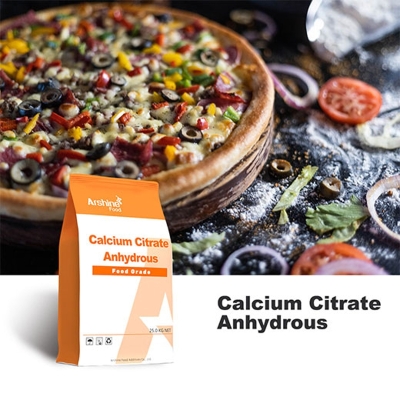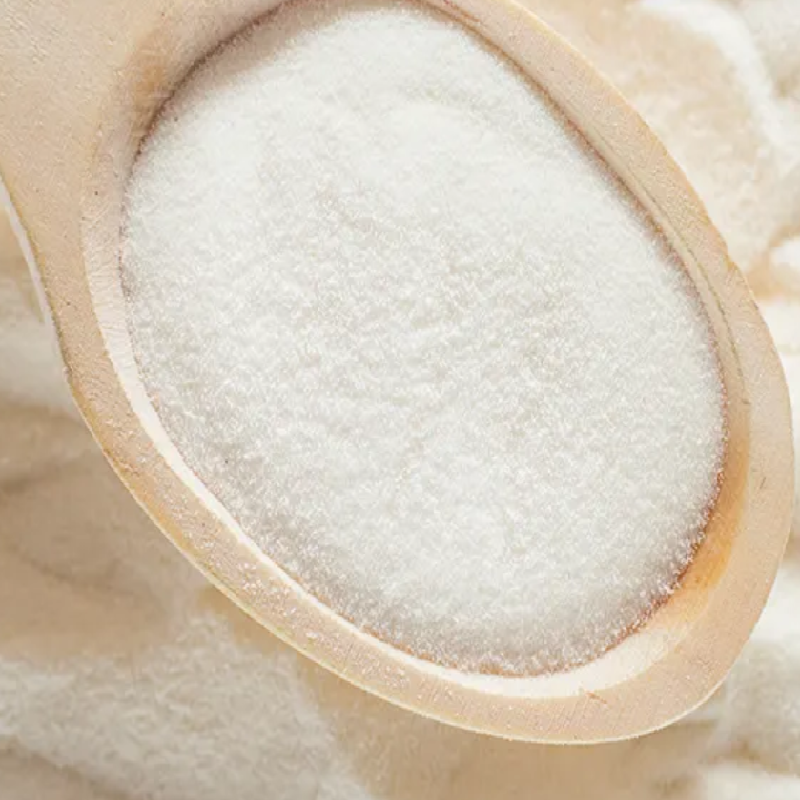-
Categories
-
Pharmaceutical Intermediates
-
Active Pharmaceutical Ingredients
-
Food Additives
- Industrial Coatings
- Agrochemicals
- Dyes and Pigments
- Surfactant
- Flavors and Fragrances
- Chemical Reagents
- Catalyst and Auxiliary
- Natural Products
- Inorganic Chemistry
-
Organic Chemistry
-
Biochemical Engineering
- Analytical Chemistry
- Cosmetic Ingredient
-
Pharmaceutical Intermediates
Promotion
ECHEMI Mall
Wholesale
Weekly Price
Exhibition
News
-
Trade Service
| Calcium signaling regulates plant antiviral RNAi defense |
On August 4, 2021, Liu Yule’s research team from the School of Life Sciences, Tsinghua University published a research paper titled "A Calmodulin-binding Transcription Factor Links Calcium Signaling to Plant Antiviral RNAi Defense" on Cell Host & Microbe.
, Reported that by recognizing the conserved molecular pattern in the process of plant virus infection: trauma-induced calcium flux, plants up-regulate the expression of RNA i core genes to enhance plant anti-viral defense mechanisms and their corresponding viral anti-defense mechanisms
.
Among them, calmodulin-binding transcription factor CAMTA3 promotes the expression of multiple RNAi pathway genes by activating the transcription of RDR6 and BN2 genes, thereby positively regulating the molecular mechanism of plant antiviral RNAi process
Plant viruses have caused great harm to agricultural production.
Viruses usually infect plants through insect bites or physical contact
.
It is currently known that RNAi (RNA interference) is an important antiviral mechanism
Figure 1: Schematic diagram of plants enhancing antiviral RNAi pathways by sensing calcium flux accompanying virus invasion
Figure 1: Schematic diagram of plants enhancing antiviral RNAi pathways by sensing calcium flux accompanying virus invasion This research work links calcium signal with RNAi for the first time, revealing a new pathway for plants to enhance plant antiviral RNAi by sensing the calcium flow caused by the trauma of virus invasion (Wounding→Ca2+→CaMs→CAMTA3→BN2/RDR6→RNAi) )
.
In addition, Liu Yule’s research team also found that the V2 protein of Multan cotton leaf curl virus and tomato yellow leaf curl virus can interfere with the binding of CaM3 and CAMTA3 by interacting with CaMs, inhibiting the transcriptional regulation of genes such as RDR6 and BN2 by CAMTA3.
Negative regulation of plant antiviral RNAi, thereby promoting virus infection (Figure 1)
.
This discovery reveals a new virus anti-defense mechanism
Postdoctoral student Wang Yunjing and doctoral student Gong Qian from the School of Life Sciences of Tsinghua University are the first authors of the paper, and Professor Liu Yule is the corresponding author of the paper
.
(Source: Science Net)
Related paper information: https://doi.
https://doi.
org/10.
1016/j.
chom.
2021.
07.
003







